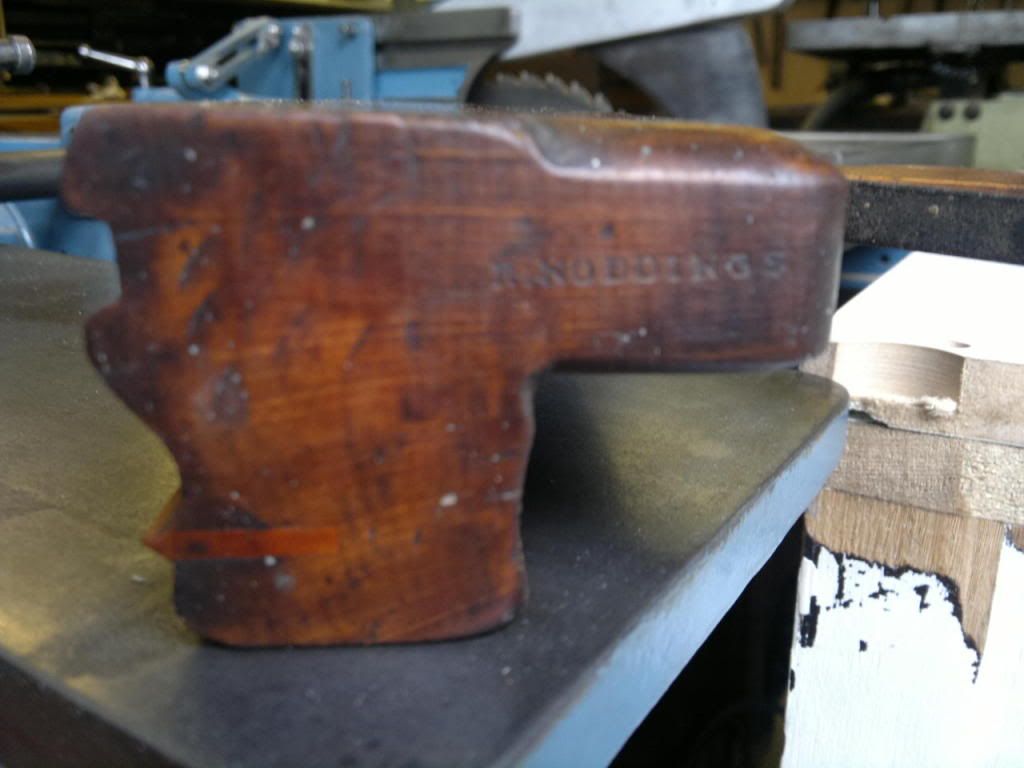Digit":2woxqwax said:Andy, is it the supposed 'difficulty' in setting them that wooden planes are sneered at do you think, or is it that they
simply seem, 'old fashioned?'
Roy.
I think it is just ignorance.
To the non-specialist, all wooden planes look much the same - as people's unfortunate attempts to describe them on eBay prove.
The ordinary working carpenter or joiner doesn't use them, which is hardly surprising - for many jobs using a power router will give a more accurate result for less skill. If it's a repetitive or extensive job, it may do it quicker. It will certainly sound as if it is getting a lot of work done.
But for anyone woodworking to enjoy the process, who prefers to do it slowly and quietly, they are brilliant. They also have the benefit of often being dirt cheap!





































